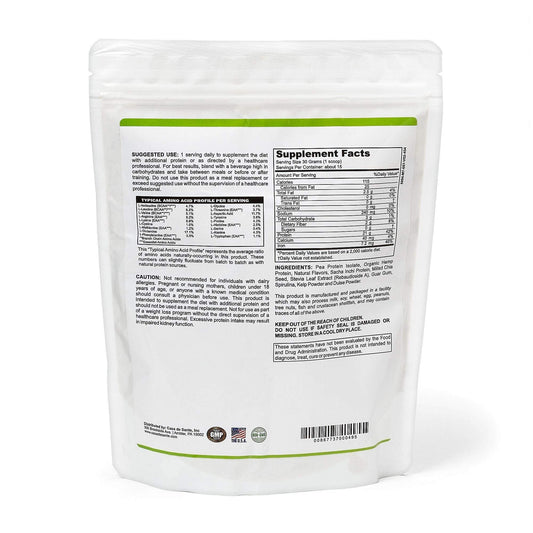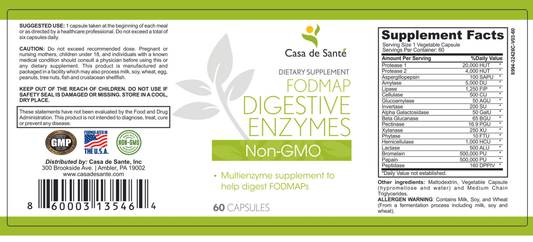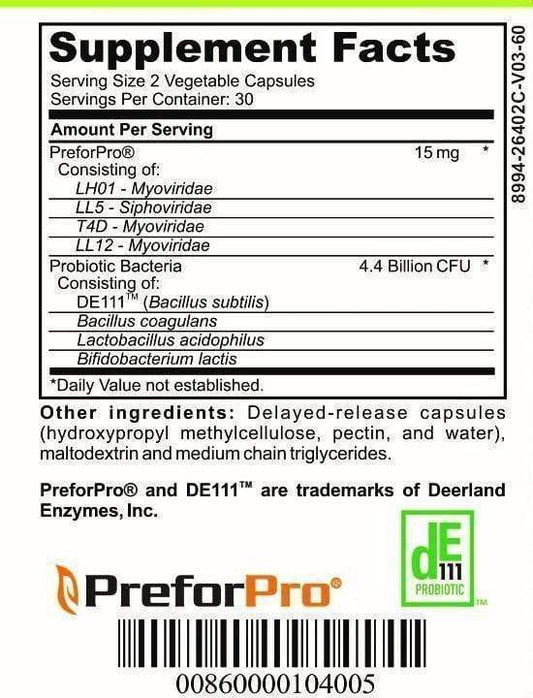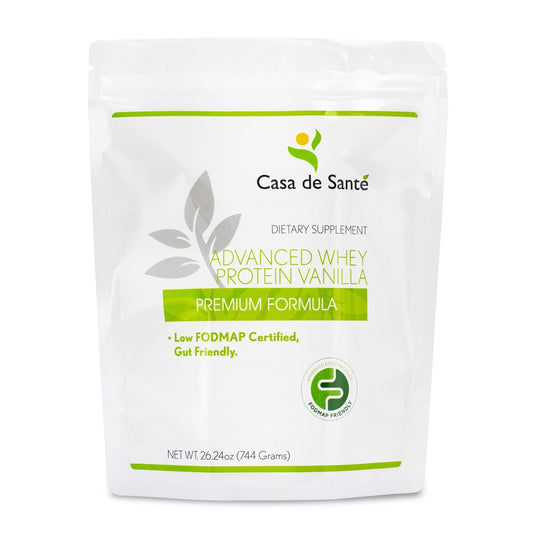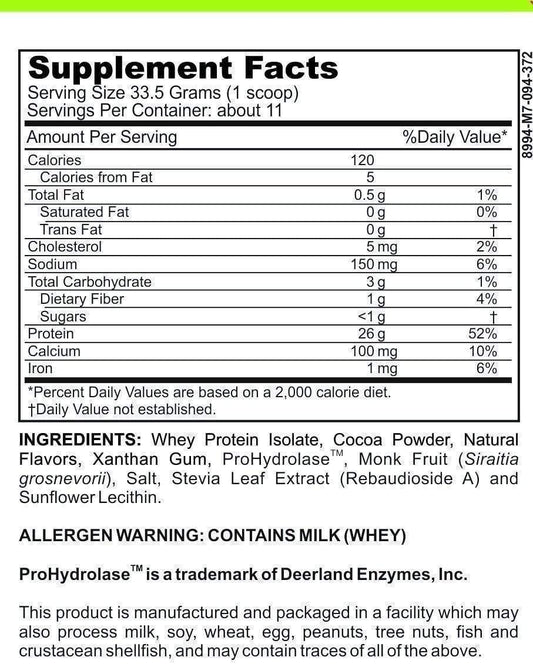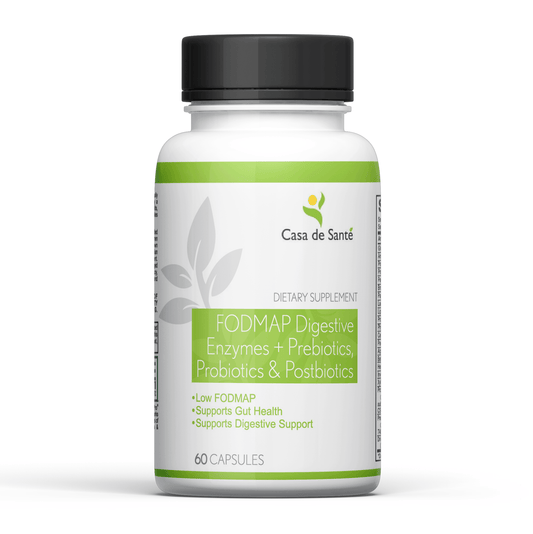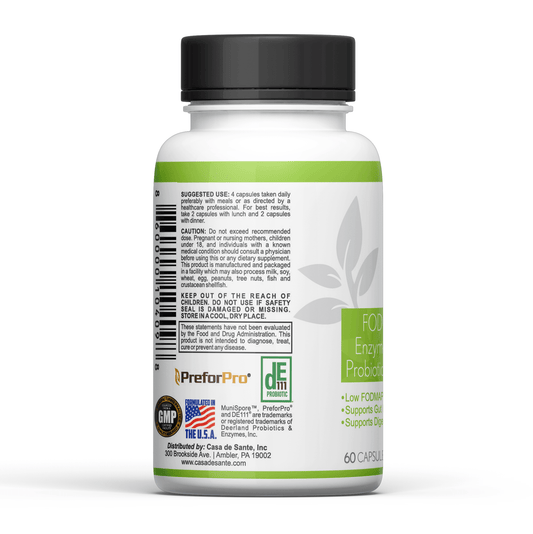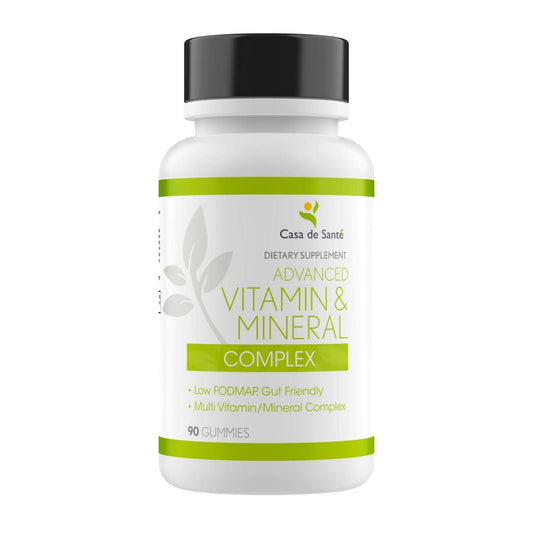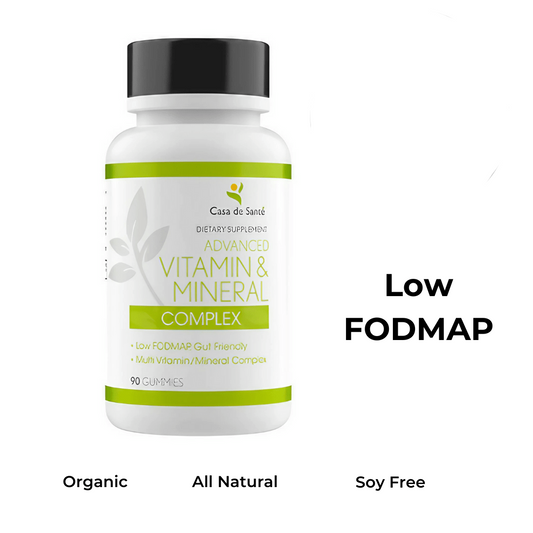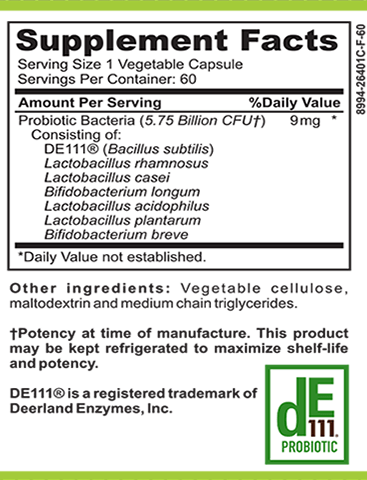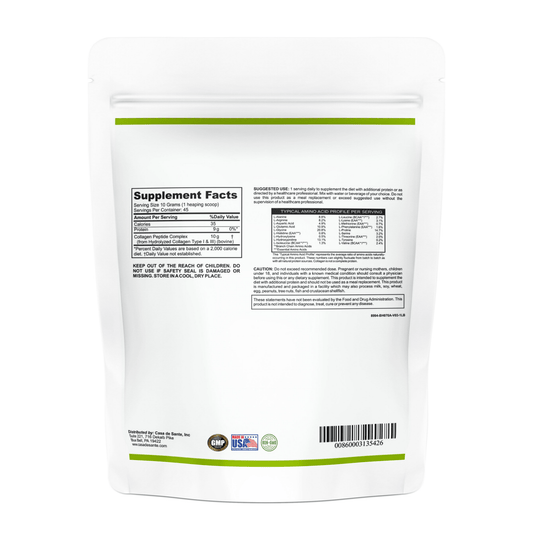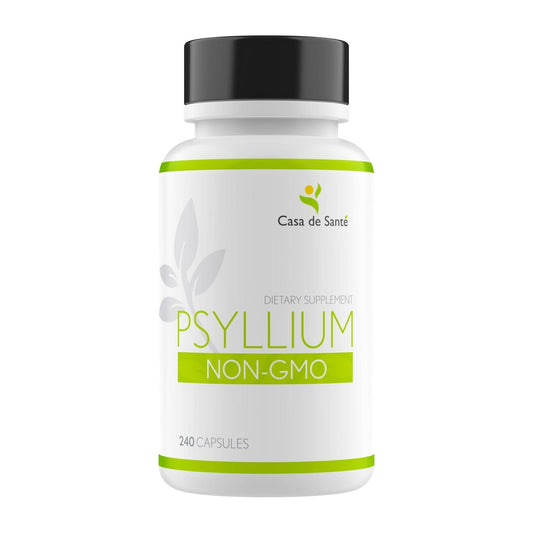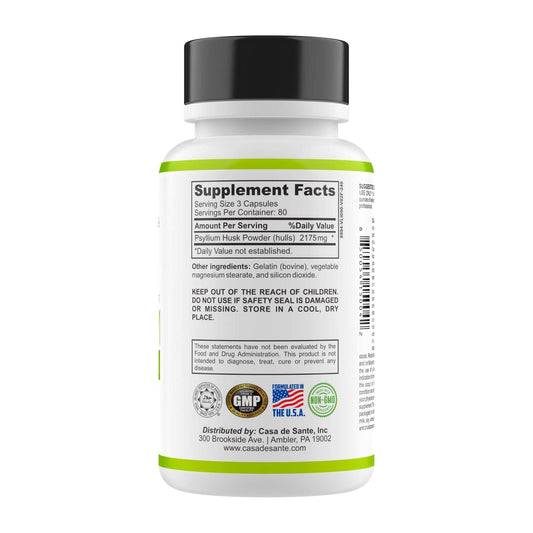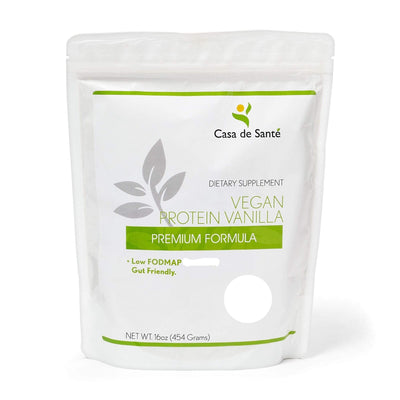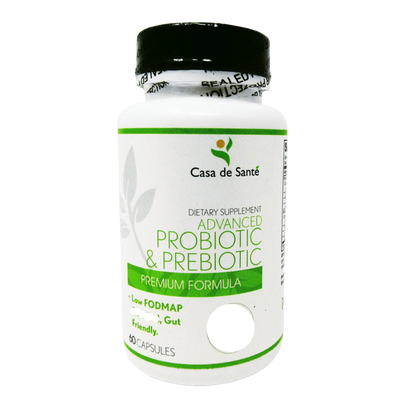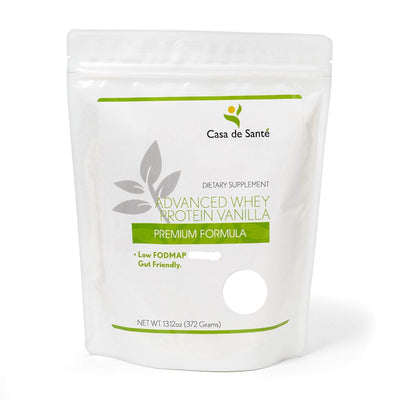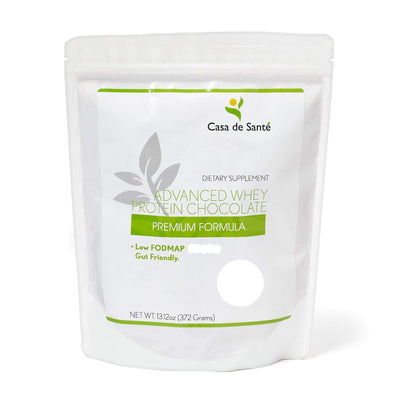Understanding FODMAP Content in Edamame: A Digestive Health Guide
Understanding FODMAP Content in Edamame: A Digestive Health Guide
Navigating dietary choices can be particularly challenging for those with sensitive digestive systems. For individuals following a low FODMAP diet to manage conditions like Irritable Bowel Syndrome (IBS), understanding which foods are safe to consume becomes crucial to maintaining comfort and quality of life. Edamame, those vibrant green soybeans popular in Asian cuisine, often raise questions for FODMAP-conscious eaters. This comprehensive guide explores the FODMAP content in edamame and provides practical advice for incorporating this nutritious legume into a digestive-friendly diet.
What Are FODMAPs and Why Do They Matter?
FODMAPs (Fermentable Oligosaccharides, Disaccharides, Monosaccharides, and Polyols) are types of carbohydrates that can be poorly absorbed in the small intestine. When these carbohydrates reach the large intestine, they can be fermented by gut bacteria, potentially leading to gas, bloating, abdominal pain, and altered bowel habits in sensitive individuals. The low FODMAP diet, developed by researchers at Monash University in Australia, has become a first-line dietary approach for managing IBS symptoms.
The diet works in phases, starting with elimination of high-FODMAP foods, followed by systematic reintroduction to identify specific triggers. This personalized approach helps individuals understand which FODMAPs and at what quantities cause their symptoms, allowing for a more flexible and sustainable long-term eating pattern that minimizes digestive discomfort while maintaining nutritional adequacy.
The Science Behind FODMAPs and Digestive Symptoms
When FODMAPs enter the digestive system, they attract water into the intestine due to their osmotic effect. Additionally, when gut bacteria ferment these carbohydrates, they produce gases like hydrogen, methane, and carbon dioxide. For people with visceral hypersensitivity (a hallmark of IBS), the combination of intestinal stretching from water and gas production can trigger pain signals that others might not experience at the same level. This explains why FODMAP restriction can provide significant symptom relief for up to 75% of people with IBS, while those with normal gut sensitivity might consume the same foods without issue.
Edamame: Nutritional Profile and Benefits
Edamame beans are immature soybeans harvested before they harden. Typically served steamed or boiled in their pods, these bright green legumes have gained popularity worldwide as a nutritious snack and versatile ingredient. Edamame offers an impressive nutritional profile, providing complete plant protein (containing all essential amino acids), fiber, and various vitamins and minerals.
A one-cup serving (155g) of shelled edamame contains approximately 18g of protein, 8g of fiber, and significant amounts of folate, vitamin K, iron, and magnesium. This nutritional density makes edamame a valuable food for various dietary patterns, including vegetarian and vegan diets where high-quality plant proteins are essential.
Edamame's Health Benefits Beyond Nutrition
Beyond its impressive macronutrient content, edamame contains bioactive compounds like isoflavones that have been studied for their potential health benefits. These compounds have weak estrogenic effects and may help reduce menopausal symptoms in some women. Research also suggests potential benefits for heart health, with regular soy consumption associated with modest reductions in LDL cholesterol levels. Additionally, the fiber content in edamame supports digestive health by promoting regular bowel movements and feeding beneficial gut bacteria—ironically, the very feature that can cause problems for those sensitive to FODMAPs.
Culinary Versatility of Edamame
Edamame's mild, slightly sweet flavor and pleasing texture make it incredibly versatile in the kitchen. Beyond the traditional Japanese preparation of steamed pods sprinkled with sea salt, edamame can be incorporated into countless dishes. They add protein and texture to salads, grain bowls, and stir-fries. Pureed edamame makes a nutritious base for dips and spreads, while the beans can also be roasted for a crunchy snack. This adaptability makes edamame a convenient food to include in various dietary patterns—provided it agrees with your digestive system.
FODMAP Content in Edamame: What the Research Shows
According to testing by Monash University, the global authority on FODMAP content in foods, edamame contains moderate to high levels of galacto-oligosaccharides (GOS), a type of oligosaccharide FODMAP. Specifically, a serving of 1/2 cup (75g) of edamame is considered high in FODMAPs and may trigger symptoms in sensitive individuals. However, smaller portions of about 1/4 cup (approximately 30-40g) may be tolerated by some people with IBS, as this quantity contains lower amounts of GOS.
It's important to note that FODMAP tolerance is highly individual. Some people with IBS may react strongly to even small amounts of GOS, while others might tolerate moderate servings without symptoms. This variability underscores the importance of the reintroduction phase of the low FODMAP diet, where personal tolerance thresholds can be established.
Comparing Edamame to Other Legumes
In the legume family, edamame actually has a relatively moderate FODMAP content compared to some of its relatives. Mature soybeans and soy products like tofu and tempeh undergo fermentation or processing that can reduce their FODMAP content, potentially making them more digestible for sensitive individuals. By contrast, beans like kidney beans, black beans, and chickpeas typically contain higher levels of GOS and are more likely to cause digestive distress in larger portions.
This relative positioning in the FODMAP spectrum means that while edamame isn't considered a low-FODMAP food in regular portions, it might be better tolerated than many other legumes. For those who have completed the reintroduction phase and know they can handle moderate amounts of GOS, edamame might be incorporated in controlled portions as part of a balanced diet.
Incorporating Edamame into a Low FODMAP Diet
If you're following a strict low FODMAP diet during the elimination phase, it's generally recommended to avoid edamame until you reach the reintroduction stage. However, once you've moved beyond the initial restrictive phase, you can test your tolerance to edamame and potentially include it in your diet in appropriate portions.
For those who have completed FODMAP reintroduction and know they can tolerate small amounts of GOS, a serving of 2-3 tablespoons (approximately 30g) of edamame might be incorporated occasionally without triggering symptoms. This controlled approach allows you to enjoy the nutritional benefits of edamame while respecting your digestive limitations.
Practical Tips for Enjoying Edamame
If you're reintroducing edamame or know you can tolerate small amounts, consider these practical strategies to maximize enjoyment while minimizing potential digestive issues. First, start with very small portions (1-2 tablespoons) and gradually increase as tolerated. Consume edamame as part of a mixed meal rather than on its own, as the presence of other foods can sometimes dilute the impact of FODMAPs. Also, be mindful of your overall FODMAP intake on days when you consume edamame—avoid stacking multiple moderate-FODMAP foods in the same meal or day, as the cumulative effect can trigger symptoms even when individual portions are within tolerance levels.
Recipe Ideas for FODMAP-Conscious Edamame Consumption
When incorporating small amounts of edamame into a FODMAP-conscious diet, consider recipes where a little goes a long way. A tablespoon or two of edamame added to a rice bowl with low-FODMAP vegetables and protein can provide texture and nutrition without overwhelming your digestive system. Similarly, a small portion scattered in a quinoa salad or added to a stir-fry with FODMAP-friendly vegetables like bok choy, carrots, and bean sprouts can be a manageable way to enjoy this nutritious legume. For a simple snack, a small handful of steamed edamame pods can satisfy cravings without delivering too much of the problematic GOS.
Alternatives to Edamame for Low FODMAP Diets
If you find that even small amounts of edamame trigger your symptoms, or if you're in the elimination phase of the low FODMAP diet, several alternatives can provide similar nutritional benefits. Firm tofu is considered low FODMAP in servings of up to 100g and offers comparable protein content. Tempeh, another fermented soy product, is typically well-tolerated in servings of 100g or less. These options allow you to enjoy the nutritional benefits of soy without the higher FODMAP content of whole edamame.
For those seeking the experience of edamame without the digestive risks, consider alternatives like green peas (low FODMAP in servings up to 1/4 cup) or small portions of canned, rinsed lentils (which have lower FODMAP content than their dried counterparts). While these aren't perfect substitutes for the unique texture and flavor of edamame, they can satisfy similar culinary and nutritional needs within a low FODMAP framework.
Non-Legume Protein Sources for Low FODMAP Diets
Beyond legume alternatives, many other protein sources are naturally low in FODMAPs and can help ensure adequate protein intake while following a restricted diet. Animal proteins like eggs, chicken, fish, and beef are FODMAP-free and provide complete protein. For plant-based eaters, nuts and seeds like pumpkin seeds, chia seeds, and walnuts are generally well-tolerated in appropriate portions. Quinoa, while technically a seed, functions as a grain in cooking and provides a respectable amount of protein with low FODMAP content. These diverse options ensure that protein needs can be met even when legumes like edamame must be limited or avoided.
Conclusion: Balancing Nutrition and Digestive Comfort
Understanding the FODMAP content in edamame allows for informed dietary choices that balance nutritional needs with digestive comfort. While edamame contains moderate to high levels of FODMAPs in standard servings, small portions may be tolerated by some individuals who have completed the reintroduction phase of the low FODMAP diet. The key is personalization—learning your own tolerance thresholds and adapting your diet accordingly.
Remember that dietary management of digestive conditions is just one aspect of a comprehensive approach to digestive health. Working with healthcare professionals, including registered dietitians specialized in digestive disorders, can provide personalized guidance that considers your unique health profile, nutritional needs, and quality of life. With the right information and support, you can develop a sustainable eating pattern that nourishes your body while respecting its limitations, potentially including moderate amounts of nutritious foods like edamame if your individual tolerance allows.


